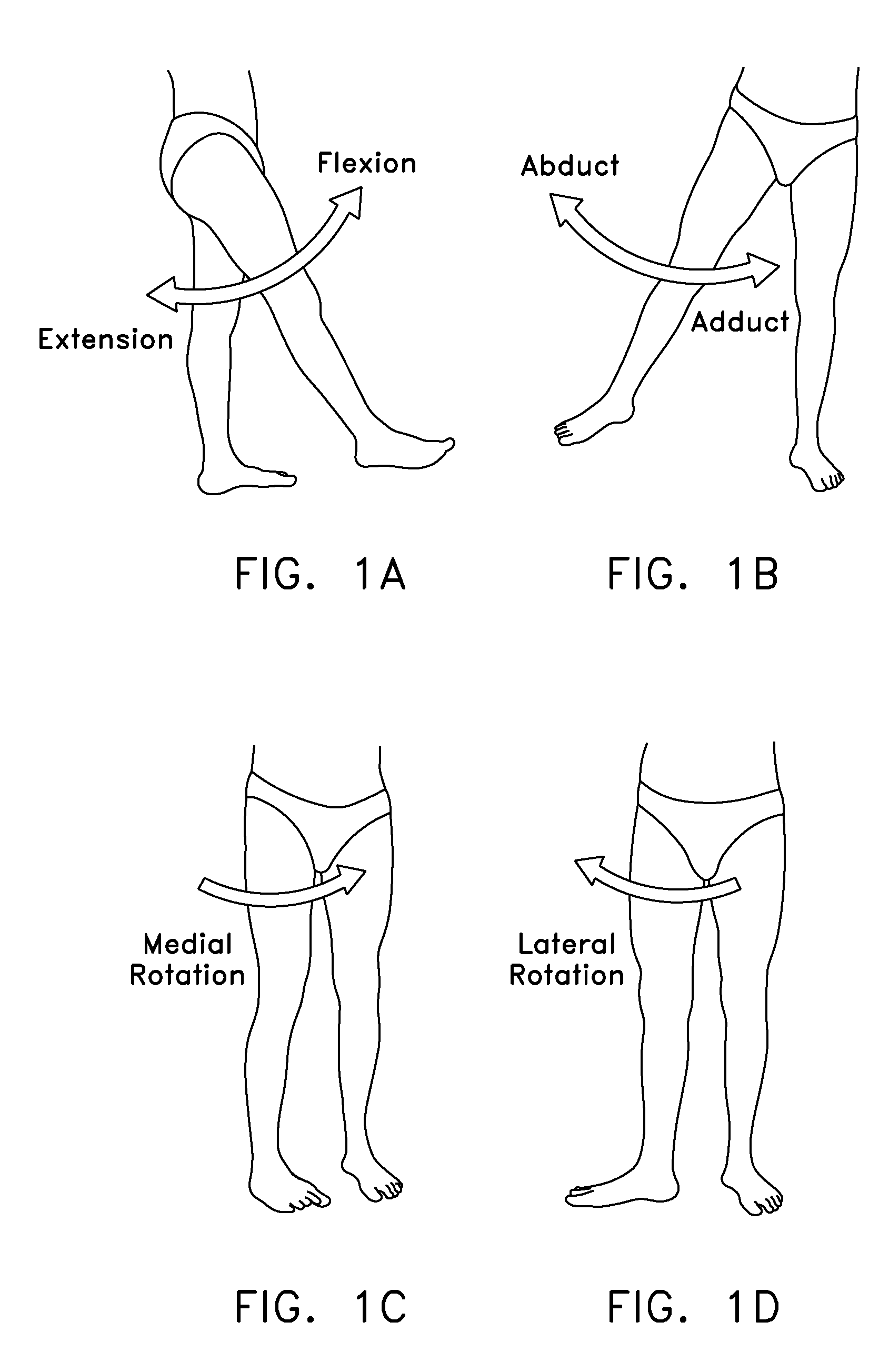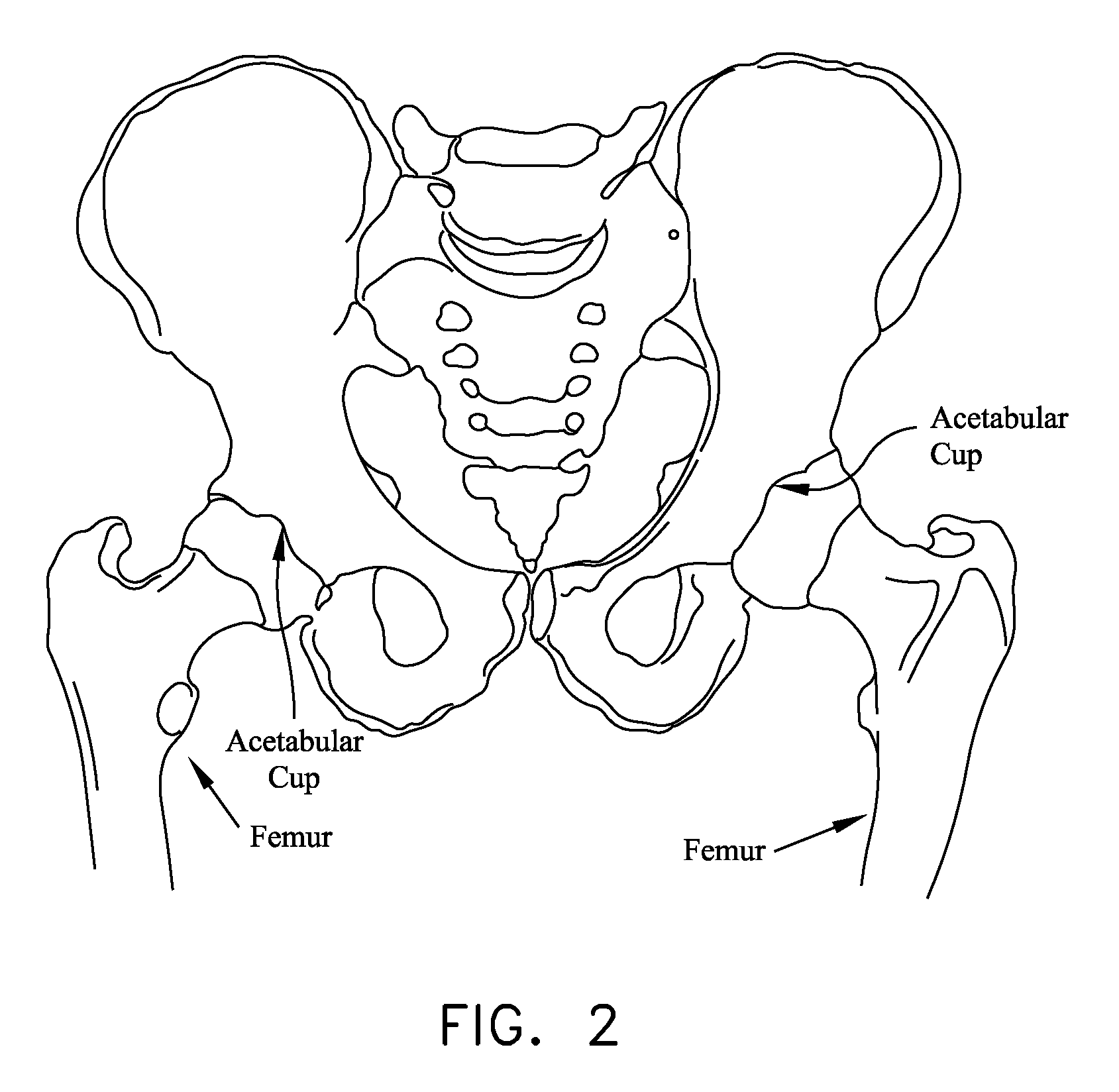Safety needle for accessing the interior of a hip joint
a safe and convenient technology for the interior of the hip joint, applied in the field of surgical methods and equipment, can solve the problems of significant interference with patient comfort and lifestyle, pathology so severe that it is necessary to replace the hip joint in part or total, and the scope of procedures is generally limited, so as to achieve a convenient and convenient approach.
- Summary
- Abstract
- Description
- Claims
- Application Information
AI Technical Summary
Benefits of technology
Problems solved by technology
Method used
Image
Examples
Embodiment Construction
[0081]Looking next at FIG. 16, there is shown a safety needle 3 formed in accordance with the present invention. Safety needle 3 generally comprises a handle assembly 100, a needle assembly 200 and an obturator 300. In general, and as will hereinafter be discussed in further detail, during use, needle assembly 200 is mounted to handle assembly 100, and obturator 300 extends through handle assembly 100 and needle assembly 200, in substantially the manner shown in FIG. 16.
[0082]More particularly, and looking now at FIGS. 17 and 18, handle assembly 100 generally comprises a tubular housing 103 having a distal end 106, a proximal end 109 and a central lumen 112 extending therebetween. An annular wall 115 is formed intermediate the length of tubular housing 103. A side port 116 (FIG. 17) extends through the side wall of tubular housing 103, proximal to distal end 106 and distal to annular wall 115. A trigger opening 118 extends through the side wall of tubular housing 103, distal to prox...
PUM
 Login to View More
Login to View More Abstract
Description
Claims
Application Information
 Login to View More
Login to View More - R&D
- Intellectual Property
- Life Sciences
- Materials
- Tech Scout
- Unparalleled Data Quality
- Higher Quality Content
- 60% Fewer Hallucinations
Browse by: Latest US Patents, China's latest patents, Technical Efficacy Thesaurus, Application Domain, Technology Topic, Popular Technical Reports.
© 2025 PatSnap. All rights reserved.Legal|Privacy policy|Modern Slavery Act Transparency Statement|Sitemap|About US| Contact US: help@patsnap.com



